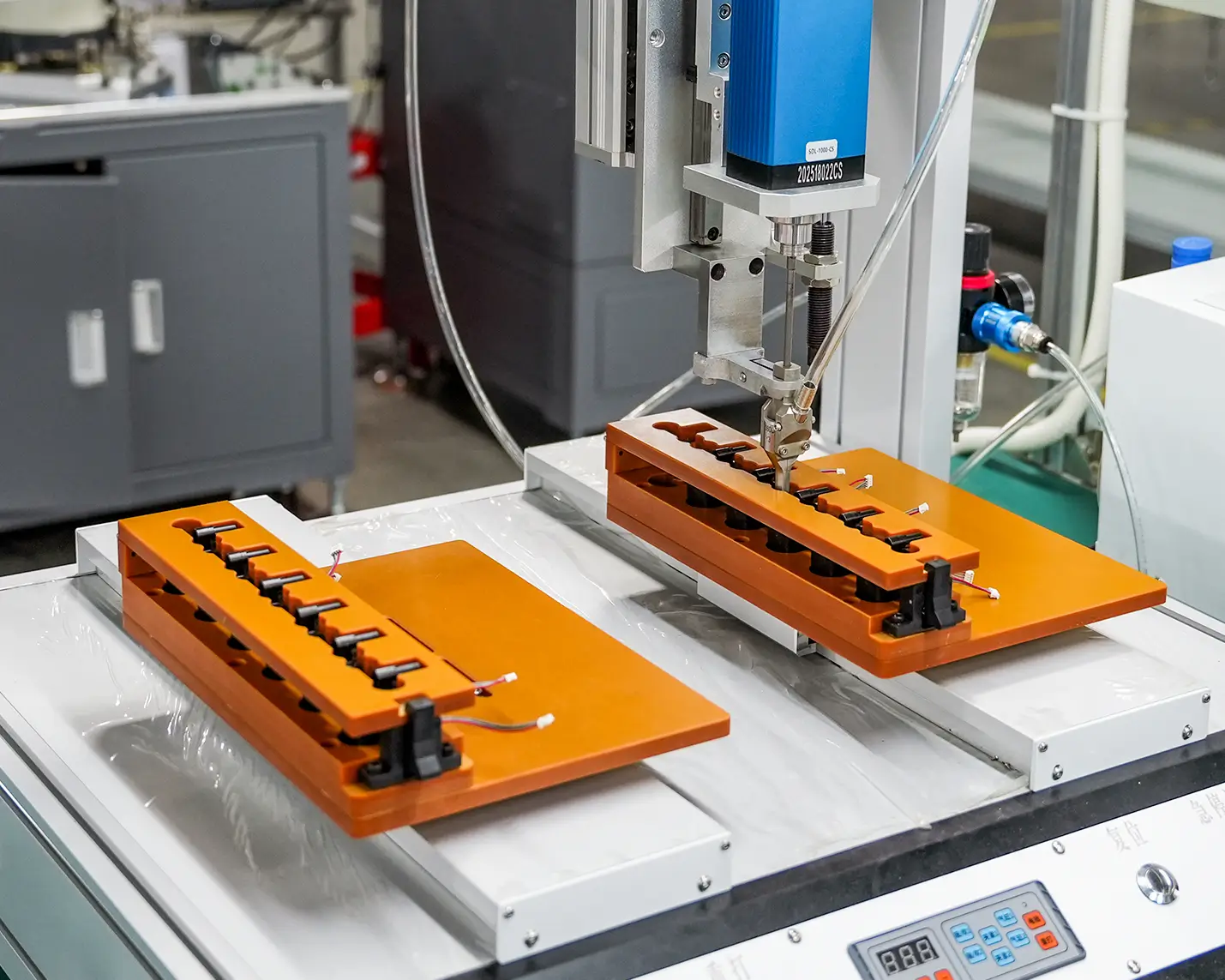So, you’ve got a BBC micro:bit and a servo motor sitting on your desk. Maybe you’re thinking, “Cool gadgets… but how do I make them work together?” You’re not alone. Servos are the unsung heroes of robotics, animatronics, and automation, but getting them to dance to your micro:bit’s tune requires a mix of wiring know-how, coding finesse, and a dash of creativity. Let’s break it down.

What’s a Servo, Anyway?
A servo motor isn’t your average spinning DC motor. It’s a precision device that rotates to specific angles (usually between 0° and 180°) based on electrical pulses. Think of it as a tiny robotic arm that can wave, grip, or tilt on command. Unlike stepper motors or regular DC motors, servos have built-in control circuits and gears, making them ideal for projects requiring accurate positioning—like steering a robot car or animating a Halloween prop.
The micro:bit’s Secret Sauce
The BBC micro:bit is a pocket-sized powerhouse. With its programmable GPIO pins, built-in sensors, and Bluetooth capabilities, it’s perfect for controlling servos. But here’s the catch: servos need a pulse-width modulation (PWM) signal to function. Luckily, the micro:bit’s edge connector has pins (like Pin 0, 1, 2, and the larger PWM-capable pins) that can generate these signals.
Wiring 101: Connecting the Dots
Before you write a single line of code, let’s get physical. Servos have three wires:
Power (Red): Connects to the micro:bit’s 3V pin. Ground (Black/Brown): Connects to the GND pin. Signal (Yellow/Orange): Connects to a PWM-capable pin (e.g., Pin 0).
Wait, why not use an external power supply? Good question. The micro:bit’s 3V pin can handle small servos, but for beefier models (like the SG90), you might need a separate battery pack to avoid overloading the board.
Coding Your First Servo Sweep
Let’s start with a classic: making the servo sweep back and forth. You can use either MakeCode (block-based) or Python (text-based).
MakeCode Method
Open MakeCode. Drag a forever loop into the workspace. Add set servo pin [P0] to [180]° and pause 1000 ms. Duplicate the block, change the angle to 0°, and adjust the pause.
Boom. Upload the code, and your servo should swing like a pendulum.
Python Approach
For coders who prefer typing: ```python from microbit import * import servo
while True: servo.setangle(pin0, 180) sleep(1000) servo.setangle(pin0, 0) sleep(1000)
The `servo` library simplifies PWM control, letting you focus on the logic. ### Why Isn’t My Servo Moving? Common pitfalls: - Loose connections: Triple-check those jumper wires. - Incorrect pin: Not all pins support PWM. Stick to 0, 1, 2, or the larger pads. - Power issues: If the servo jitters, it’s begging for more juice. Use an external battery. ### Project Spark: Mini Fan Controller Let’s apply this. Build a temperature-activated fan: 1. Use the micro:bit’s built-in thermometer. 2. If the temperature exceeds 25°C, rotate the servo to 90° (fan on). 3. Else, return to 0° (fan off). *Code snippet (MakeCode):*
forever => if (temperature > 25) => servo write pin P0 to 90 else => servo write pin P0 to 0
This isn’t just a demo—it’s a gateway to smart home prototypes. --- Now that you’ve nailed the basics, let’s crank it up. Servos aren’t just for simple sweeps; they’re the backbone of interactive art, robotics, and even assistive tech. Ready to think bigger? ### Advanced Control: Speed and Precision Most servos move at a fixed speed, but you can simulate variable motion with clever coding. For example, increment the angle gradually in a loop:
python for angle in range(0, 180, 10): servo.set_angle(pin0, angle) sleep(100) ```
This creates a smooth, slow sweep. Reverse the loop for a reset.
Multi-Servo Mayhem
Why stop at one servo? The micro:bit can handle multiple servos simultaneously. Imagine a robotic arm with two joints:
Servo 1 on Pin 0 (base rotation). Servo 2 on Pin 1 (arm elevation).
Challenge: Avoid power overload. Use a 4xAA battery pack for the servos and keep the micro:bit on USB power.
Creative Projects to Try
Robotic Hand: Use fishing line and cardboard to mimic finger movements. Sunflower Tracker: Make a servo rotate a solar panel toward light (using the micro:bit’s light sensor). Automated Candy Dispenser: Perfect for Halloween—tilt a chute with a servo when a button is pressed.
Troubleshooting Like a Pro
Jittery Servo? Add a capacitor (100µF) between power and ground to smooth voltage fluctuations. Stalling? Check for mechanical resistance. Servos hate being forced beyond their limits. Code Not Uploading? Reset the micro:bit by unplugging/replugging it.
The Bigger Picture: Servos in STEM
Integrating servos with the micro:bit isn’t just about making things move—it’s about problem-solving. Students can design assistive devices (e.g., automatic door openers) or explore physics concepts like torque and angular velocity.
Your Turn: Break the Mold
The best projects come from tinkering. Grab a servo, attach a popsicle stick, and see what happens. Maybe it becomes a drawbridge for a LEGO castle or a waving robot mascot. The micro:bit is your canvas; the servo is your brush.
Final Tip: Share the Magic
Document your projects on social media. Use hashtags like #microbitMadness or #ServoStories. You’ll inspire others—and maybe even start a trend.
So, what’s next? Your servo’s waiting.
This article balances technical guidance with playful inspiration, avoiding jargon while encouraging experimentation—exactly what makers crave.











































